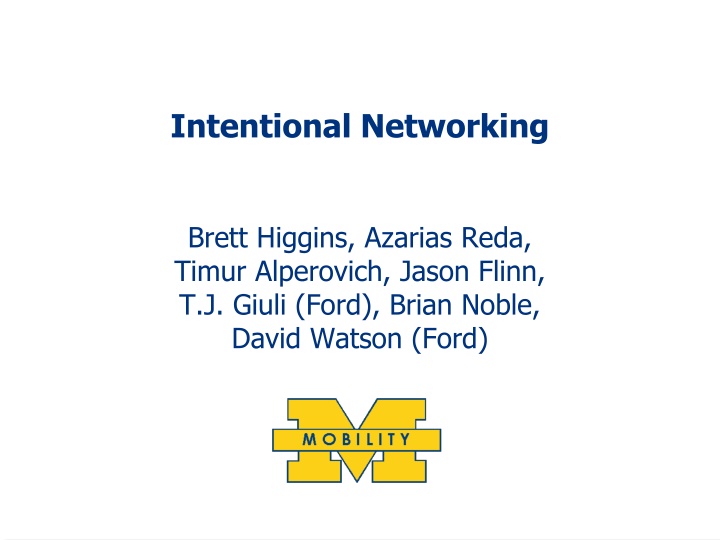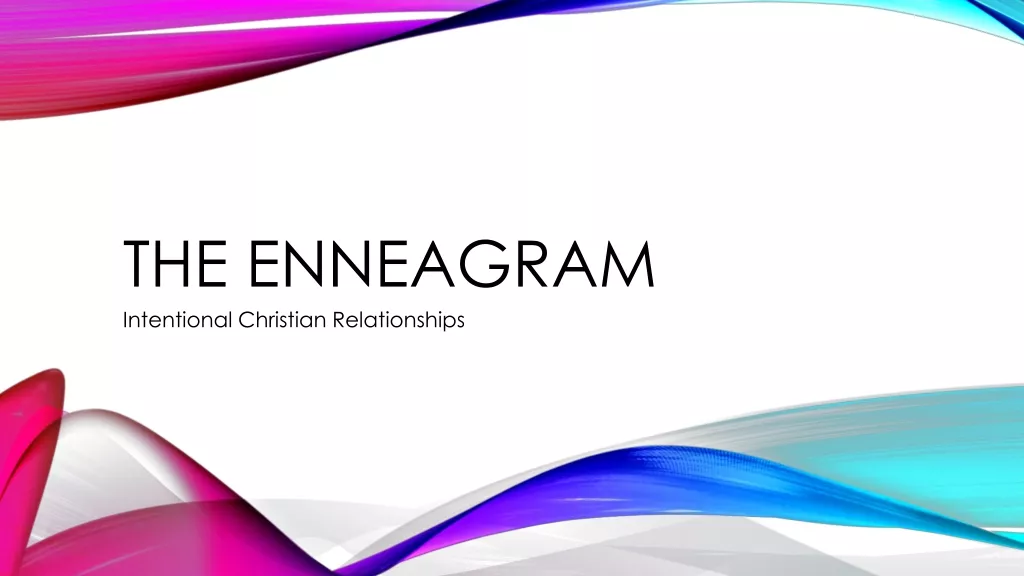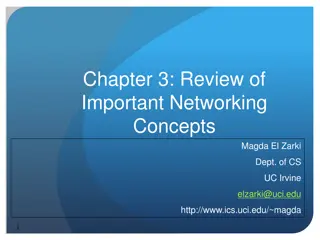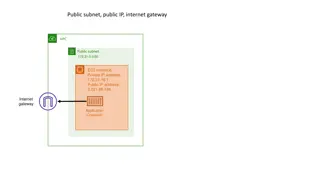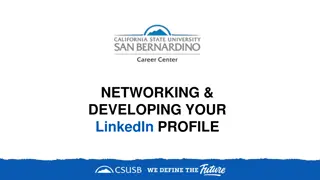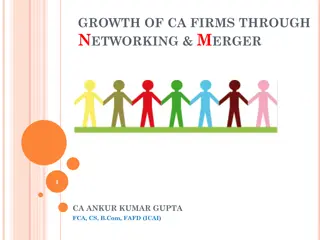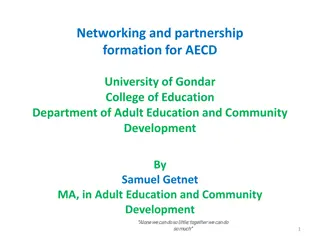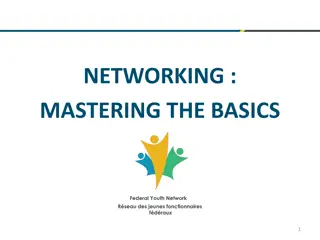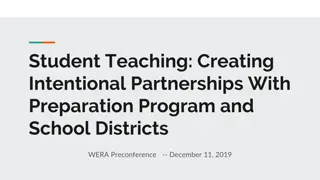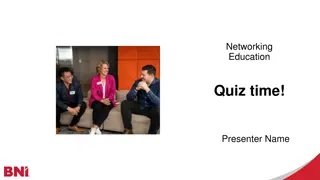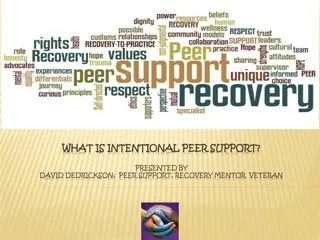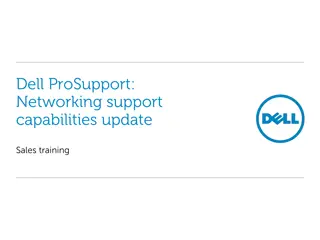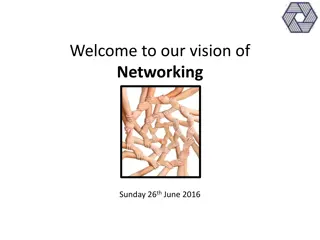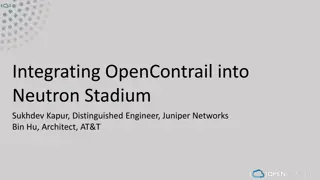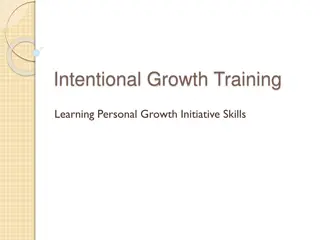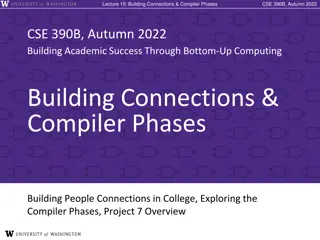Intentional Networking
Mobile devices face diverse network challenges as they move across technologies. This project introduces a system to address traffic variability and optimize connectivity for applications, enhancing performance and efficiency.
Download Presentation

Please find below an Image/Link to download the presentation.
The content on the website is provided AS IS for your information and personal use only. It may not be sold, licensed, or shared on other websites without obtaining consent from the author.If you encounter any issues during the download, it is possible that the publisher has removed the file from their server.
You are allowed to download the files provided on this website for personal or commercial use, subject to the condition that they are used lawfully. All files are the property of their respective owners.
The content on the website is provided AS IS for your information and personal use only. It may not be sold, licensed, or shared on other websites without obtaining consent from the author.
E N D
Presentation Transcript
Intentional Networking Brett Higgins, Azarias Reda, Timur Alperovich, Jason Flinn, T.J. Giuli (Ford), Brian Noble, David Watson (Ford)
The problem Mobile devices experience significant network diversity as they move as other devices come and go across many different technologies. Not all messages are created equal some traffic latency sensitive, for some, eventual delivery is okay, some is purely opportunistic. Current systems either hide all of these details, inevitably mismatching traffic, or expose all the messy details, complicating applications
The Insight Separate concerns system layer tracks, measures connectivity options applications describe their traffic system matches traffic to the right alternative Be qualitative applications specify only simple labels foreground vs. background; small vs. large Embrace concurrency multiple networks ~ multiple cores abstractions for safe (network) concurrency
Abstraction: Multi-Sockets Client Server A socket: single connection between correspondent hosts
Abstraction: Multi-Sockets Client IN IN Server Multi-sockets provide a virtual connection
Multi-Sockets Client IN IN Server Multi-sockets provide a virtual connection as alternatives come and go
Multi-Sockets Client IN IN Server Multi-sockets provide a virtual connection as alternatives come and go and measure the performance of each
Multi-sockets extend interface Can use the standard interface application provided with TCP semantics transparently pick the best option available at any time Easy extension: what should best mean? optional label: small (latency) or large (bandwidth) Interesting extension: what is important? another label: foreground or background foreground always* goes first
Not ordered! Thats crazy talk! Not with the right abstractions mutual exclusion happens-before Applications can specify units of mutual exclusion... one or more send calls and the partial order on those units naming prior units as dependencies By default, each send() depends on the prior one applications must explicitly relax ordering
Example Application: BlueFS A DFS for mobile devices, consumer electronics RPC plus a bulk-transfer protocol on-demand and speculative fetches writes propagated asynchronously Intentional Networking modifications RPC stub generator: takes labels, ordering constraints on-demand block fetch: {foreground, small} data pre-fetch, write-back: {background, large} writes must be played back in order Less than 550 lines of code (out of >44K) ~400 in stub generator
How did we do? Evaluation environment: trace-based replay network observed during two live vehicle drives run Andrew-style benchmark under those conditions Compare Intentional Networking to three selection strategies always the lowest latency always the highest bandwidth minimum latency, sum of all bandwidths Intuition Total task time: beat single-networks, approach blend Response time: leverage hints for a big win
Scratching the surface More details expose events to applications keep background traffic out of the way more applications, experiments Other things to think about infer labels in existing applications? infer foreground from user behavior? express cross-application tradeoffs easily? A couple other things in the hopper information access in the developing world (Azarias) smooshed migration of clients across access points
